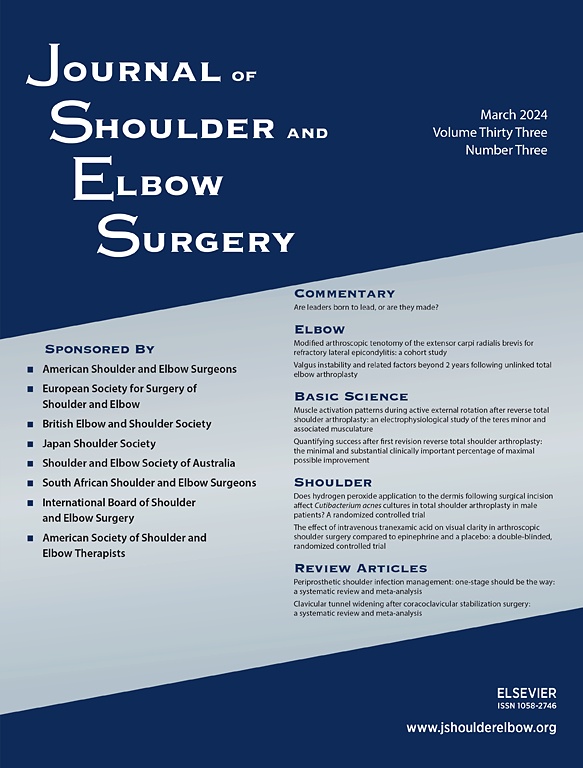
Intramedullary nail vs minimally invasive plate osteosynthesis for humeral shaft fractures

Intramedullary nail vs minimally invasive plate osteosynthesis for humeral shaft fractures
Shoulder function after surgical treatment of displaced fractures of the humeral shaft: a randomized trial comparing antegrade intramedullary nailing with minimally invasive plate osteosynthesis
J Shoulder Elbow Surg. 2014 Jun;23(6):767-74Did you know you're eligible to earn 0.5 CME credits for reading this report? Click Here
Synopsis
Forty one patients, who suffered a displaced humeral shaft fracture no more than 30 days before study initiation, were randomly assigned into 1 of 2 groups to compare the efficacy of intramedullary nailing, and minimally invasive plate osteosynthesis. Results from the study indicated that both treatments resulted in similar shoulder function 1 year after surgery. Additionally, no difference in elb...
To view the full content, login to your account,
or start your 30-day FREE Trial today.
FREE TRIAL
LOGIN
Forgot Password?
Explore some of our unlocked ACE Reports below!

Learn about our AI Driven
High Impact Search Feature
Our AI driven High Impact metric calculates the impact an article will have by considering both the publishing journal and the content of the article itself. Built using the latest advances in natural language processing, OE High Impact predicts an article’s future number of citations better than impact factor alone.
Continue



 LOGIN
LOGIN

Join the Conversation
Please Login or Join to leave comments.